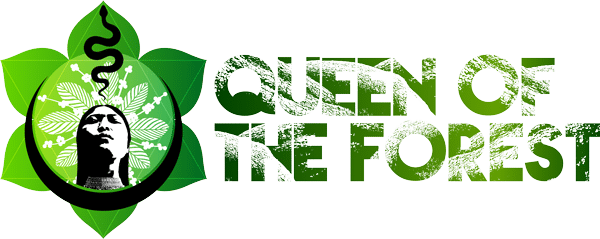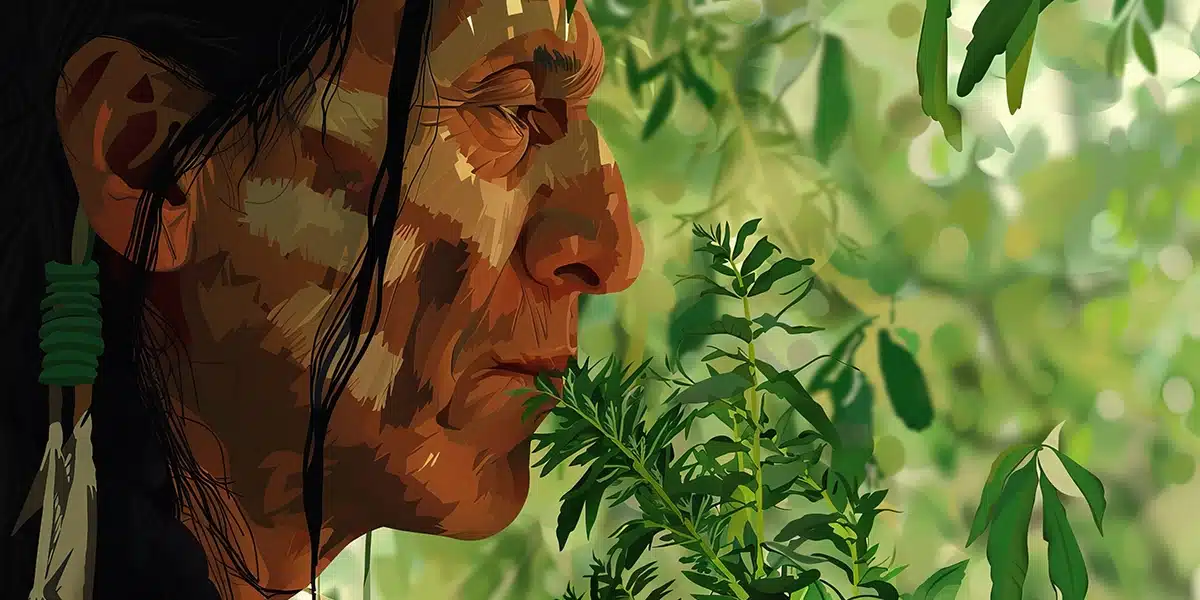FOREVER THE FOREST, Healing Plants, Health
The “Indigenous” Contributions to Medicine in the “Civilized” World
The Forest as a Pharmacy: Indigenous Healing Practices and European Adaptation
When European explorers first set foot in the Americas, they encountered not just new lands but a wealth of knowledge embedded within the indigenous cultures. Among the most profound of these were the healing practices rooted deeply in the natural world. For indigenous peoples, the forest was more than a source of food and shelter—it was a living pharmacy. Plants, trees, and other natural elements were used in complex medical systems that had been refined over generations. As Europeans interacted with these cultures, they began to absorb and adapt these indigenous healing practices, leading to significant changes in European medicine.
Indigenous Knowledge of the Forest
Indigenous tribes across the Americas had developed sophisticated systems of medicine based on their deep understanding of the local flora and fauna. These practices were integral to their way of life, intertwined with their spiritual beliefs and cultural practices. For example, the use of tobacco was not merely recreational but held a sacred place in rituals and healing ceremonies. Tobacco was believed to carry prayers to the spiritual world, cleanse the body and spirit, and even serve as a protective charm against harm.
Similarly, the forest provided a plethora of other plants used for healing a wide array of ailments. Indigenous healers, often referred to as shamans or medicine men and women, possessed intricate knowledge of these plants. They knew which roots could cure a fever, which leaves could soothe a wound, and which barks could calm the stomach. This knowledge was passed down orally through generations, creating a rich tapestry of medicinal practices that varied from one region to another but shared a common reverence for the natural world.
The Encounter with European Settlers
When Europeans arrived, they brought with them their own medical traditions, rooted in the teachings of Hippocrates and Galen, and heavily influenced by the humoral theory of medicine. However, these traditional European methods often proved ineffective in the new environment of the Americas, where diseases and conditions unfamiliar to them ran rampant. As a result, European settlers and explorers began to turn to indigenous healers, seeking remedies for the illnesses that plagued them.
One of the most notable examples of this exchange was the adoption of quinine, derived from the bark of the cinchona tree, used by indigenous peoples of South America to treat fevers, most notably malaria. This discovery had a monumental impact on European medicine, as quinine became the first effective treatment for malaria, a disease that had devastated European populations both at home and in their colonies.
Tobacco and its Journey to Europe
Tobacco, originally a sacred plant used in indigenous rituals, also made a significant impact on European culture and medicine. Early European accounts describe how indigenous peoples smoked tobacco through pipes, used it as snuff, or applied it to wounds. Impressed by its effects, Europeans began to experiment with tobacco, initially promoting it as a cure-all remedy.
By the late 16th century, tobacco had made its way to Europe, where it was enthusiastically embraced. Physicians and apothecaries recommended it for a wide range of ailments, from headaches and colds to more severe conditions like epilepsy and even plague. While the medicinal benefits of tobacco were later questioned, its introduction to Europe highlights the profound influence of indigenous practices on European medical traditions.
The Adaptation and Misappropriation of Indigenous Knowledge
As European settlers and explorers continued to interact with indigenous peoples, they began to incorporate more of this knowledge into their own medical practices. Herbal remedies that were once foreign became staples in European medicine. The bark of the sassafras tree, for example, was used to treat ailments ranging from urinary tract infections to skin diseases. Indigenous knowledge of plants like coca, from which cocaine is derived, also intrigued European scientists, leading to further exploration and adaptation.
However, this exchange was not without its complexities. The process of adapting indigenous knowledge often involved a level of misappropriation and exploitation. European settlers frequently took indigenous remedies out of context, stripping them of their cultural and spiritual significance. Plants that were sacred and used within specific rituals were commodified and mass-produced, losing their original meanings and uses.
Moreover, the adaptation of these practices often led to the depletion of natural resources. The demand for plants like tobacco and cinchona bark grew exponentially as they were exported to Europe, leading to the overharvesting and destruction of forest ecosystems. The indigenous peoples who had developed these healing practices were often marginalized and displaced, their knowledge taken without acknowledgment or compensation.
Learn About How we are reverting this process!
The Lasting Legacy of Indigenous Healing Practices
Despite these challenges, the legacy of indigenous healing practices continues to influence modern medicine. The forest remains a vital source of medicinal plants, many of which are still used today in both traditional and modern medical practices. Indigenous knowledge has also inspired a growing interest in natural and holistic approaches to health, with a renewed appreciation for the interconnectedness of nature and healing.
In recent years, there has been a movement towards recognizing and respecting the contributions of indigenous peoples to global medicine. Efforts are being made to document and preserve this knowledge, ensuring that it is passed down to future generations and that the communities who hold this knowledge are appropriately credited and compensated.
The forest, once seen as a mysterious and untamed wilderness by European settlers, has proven to be a vast and invaluable pharmacy. The indigenous peoples of the Americas, with their deep understanding of the natural world, played a crucial role in expanding the horizons of European medicine. As we continue to explore the healing potential of the forest, it is essential to honor and protect the knowledge and traditions that have made these discoveries possible.


